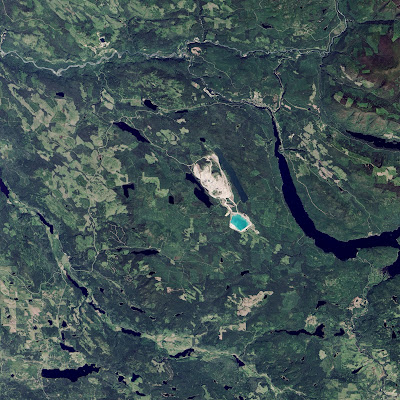Depression and suicide linked to air pollution in new global study

The Guardian Cutting toxic air might prevent millions of people getting depression, research suggests. Story here. Smoke from wildfires in Alberta, two provinces away, blankets Manitoba - 2018. A PinP photo. Here's a related story of mine that you might enjoy. " Re-thinking extinctions " New research suggests that pollution may be playing a bigger and more ominous role in pushing many of Canada's plants and animals to the brink than earlier thought. Larry.












